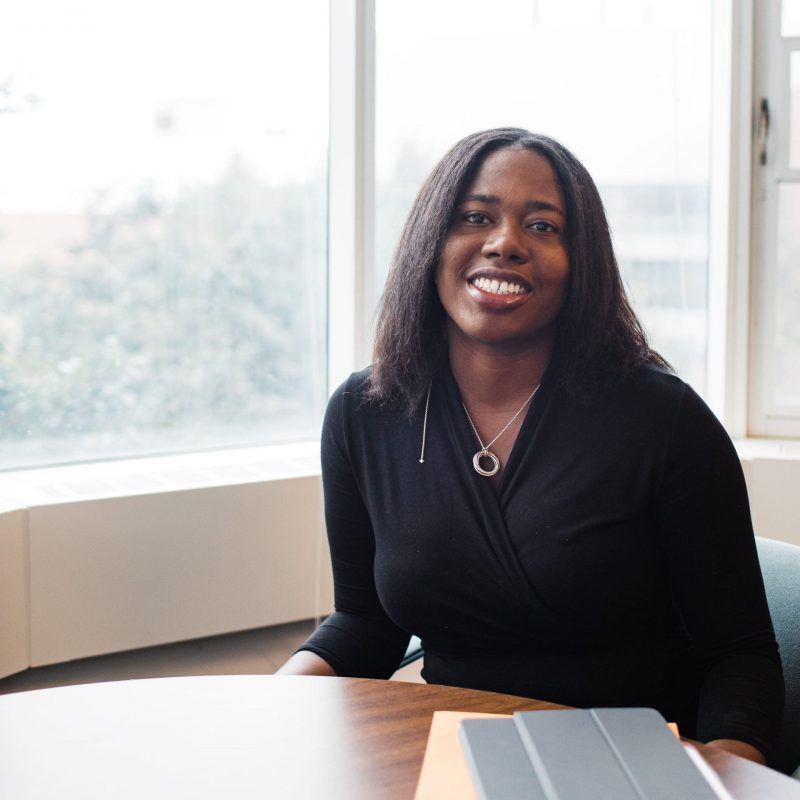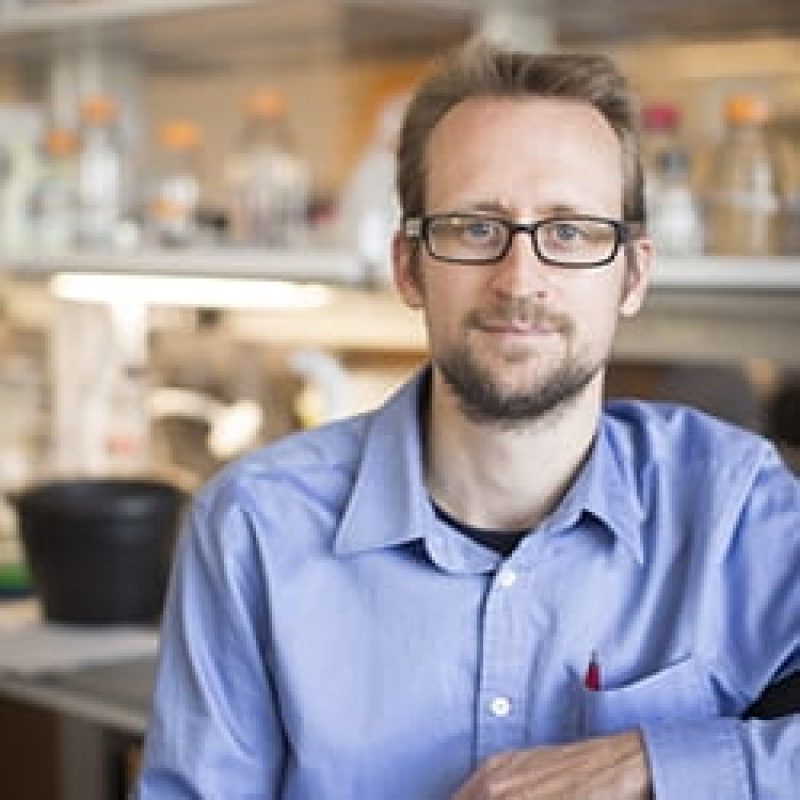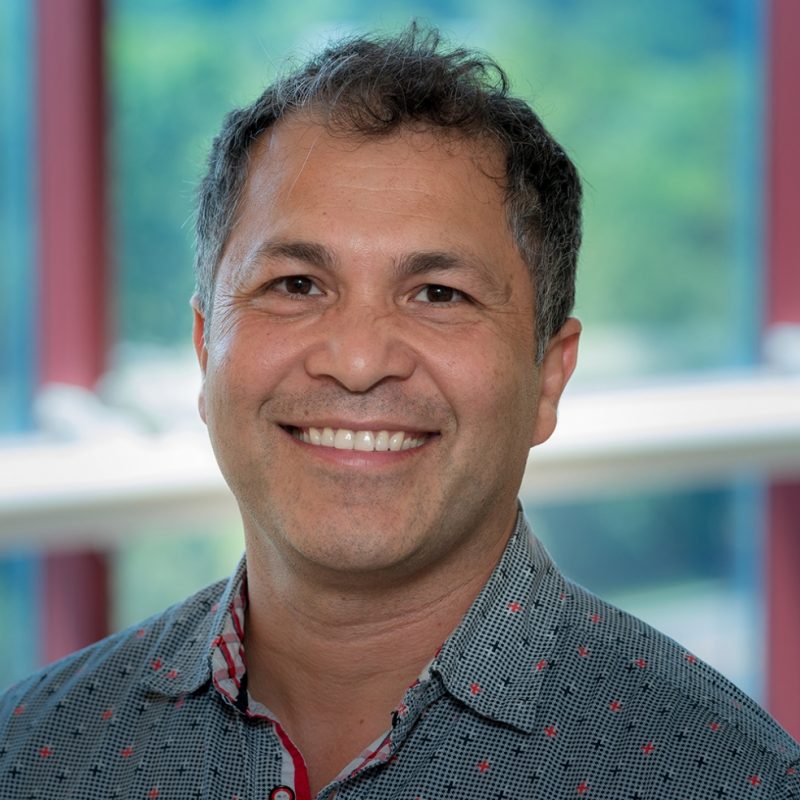Research Area: Veterinary/Clinical Research
-

Colin Parrish
My laboratory studies viruses, with a particular focus on viruses that have jumped into new hosts to cause epidemics of disease. One model we study is canine parvovirus, which is a cat virus that transferred into dogs in the mid-1970s and subsequently caused a global[...] -

Cynthia Leifer
The Leifer lab investigates how the immune system detects and initiates inflammatory responses to microbes. We focus on innate immune macrophages and the regulatory mechanisms that control inflammation through Toll-like receptors (TLRs). -

Elizabeth Johnson
We study how lipids mediate host-microbiome interactions. A potential student project in the lab involves using techniques developed in the lab to identify novel interactions of saturated fatty acids with the gut microbiome and developing advanced techniques in anaerobic microbial genetics to determine the consequences[...] -

Tobias Dörr
We study how bacteria respond to and survive stressful conditions, particularly damage to the cell envelope. Students in the Doerr lab learn techniques ranging from microscopy and image analysis to molecular biology. The lab is very active with undergraduate research and has extensive experience in[...] -

Nicolas Buchon
The Buchon lab focuses on the impact of pathogens and the microbiota on body homeostasis. We use systemic infection as a model for septicemia, and the gut response to infection as a model for mucosal immunity. Genomic and genetic approaches allow us to characterize new[...] -

Hector Aguilar-Carreno
The main focus of our research program is to elucidate key mechanistic components in enveloped viruses and their host cells that: 1) mediate viral entry into cells, 2) elicit cell immune responses, and 3) mediate viral egress from cells. These studies are leading to the[...] -

Andre Dhondt
The Dhondt lab has studied the bacterial disease mycoplasmal conjunctivitis since it emerged in birds around 1994. We currently study effects of coinfection by combining studies of Mycoplasmal gallisepticum, haemosporidian parasites and other pathogens in the same individual. Students participate in both field work (trapping,[...]
